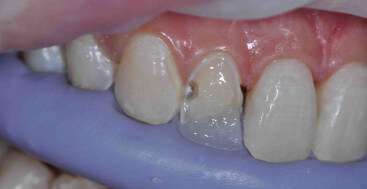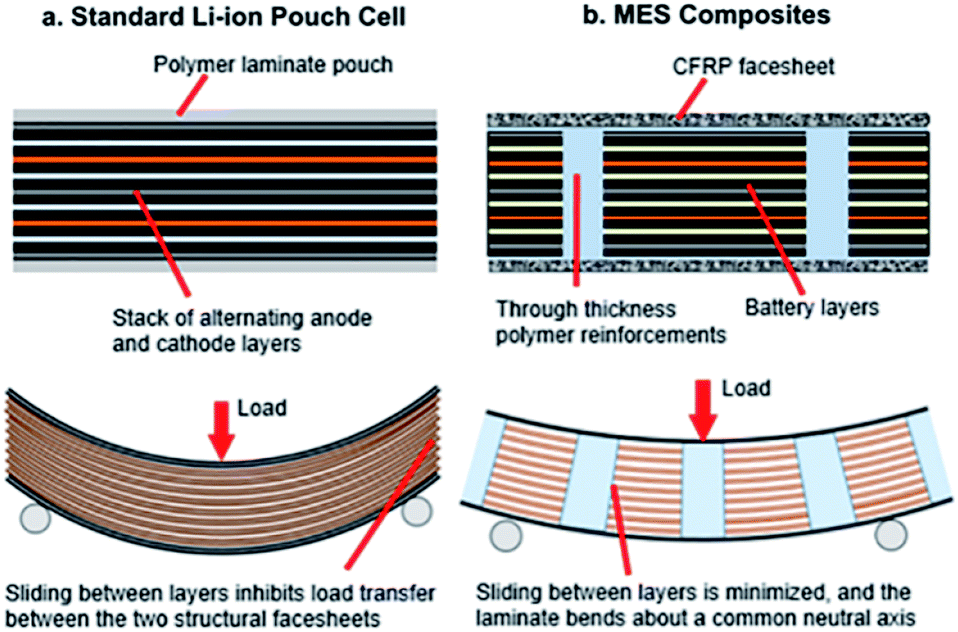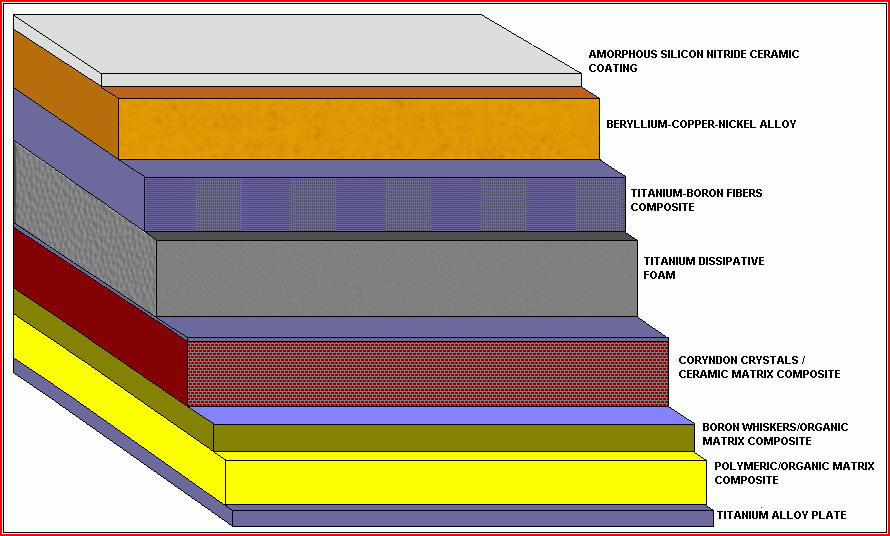The influence of the various content of the multilayered graphene mlg on the structural and mechanical properties of the final bulk porous silicon nitride zirconia si 3 n 4 zro 2 based ceramics was investigated the ceramic composites were prepared in the form of the laminated structure with different 5 30 5 wt and 30 5 30 wt mlg content by hot isostatic pressing.
Layered ceramic composites.
We have fabricated dif ferent ceramic matrix composites including sio 2 al 2o 3 zro 2 adding y stabilizer aiming 3 mol of y 2o 3 in zro 2 matrix mgo zno fig.
A seminal work on ceramic multilayer structures of pb zr ti o 3 and nife 2 o 4 showed magnetoelectric responses slightly smaller than ceramic two layer structures of analogous piezoelectric phase fraction.
I a segmented layered structure with an optimal ceramic volume fraction mayer 2006.
In parallel ceramic laminated composites with strong interfaces were developed in which the residual tensile and compressive stresses appeared in alternate layers during cooling after sintering.
Reports of composite layered structures of pb zr ti o 3 and magnetic spinel oxides can be also found but they lead to contradictory results.
Bioinspired concepts to design tough layered ceramic composites journal of the european ceramic society 10 1016 j jeurceramsoc 2017 04 041 37 13 3823.
The results indicate that the toughness of the layered composites increases.
Thermal conductivity and expansion of layered ceramic metal composites taking account of the inherent thermal stresses are.
2009 and ii a thin resilient and extensible metallic nominally non load bearing phase that can act as a lubricant phase munch et al.
A structural geometrical classification of unidimensional composites is provided.
For composites with 4 and 15 ceramic layers the bending strengths achieved 327 mpa and 376 mpa which are higher than that of pure ceramic sheets.
Last a ceramic matrix composite containing a graphene array was obtained.
We demonstrate how the physics of ice formation can be used to develop sophisticated porous and layered hybrid materials including artificial bone ceramic metal composites and porous scaffolds for osseous tissue regeneration with strengths up to four times higher than those of materials currently used for implantation.
The notion of mimicking natural structures in ceramic metal composites relies primarily on.
The most important properties of multilayer composites that are promising as structural and functional materials in view of their geometric structural characteristics are considered.
Both the matrix and the fibers can consist of any ceramic material whereby carbon and carbon fibers can also be considered a ceramic material.
Ceramic composites found in nature such as bone nacre and sponge spicule often provide an effective resolution to a well known conflict between materials strength and toughness.

















































